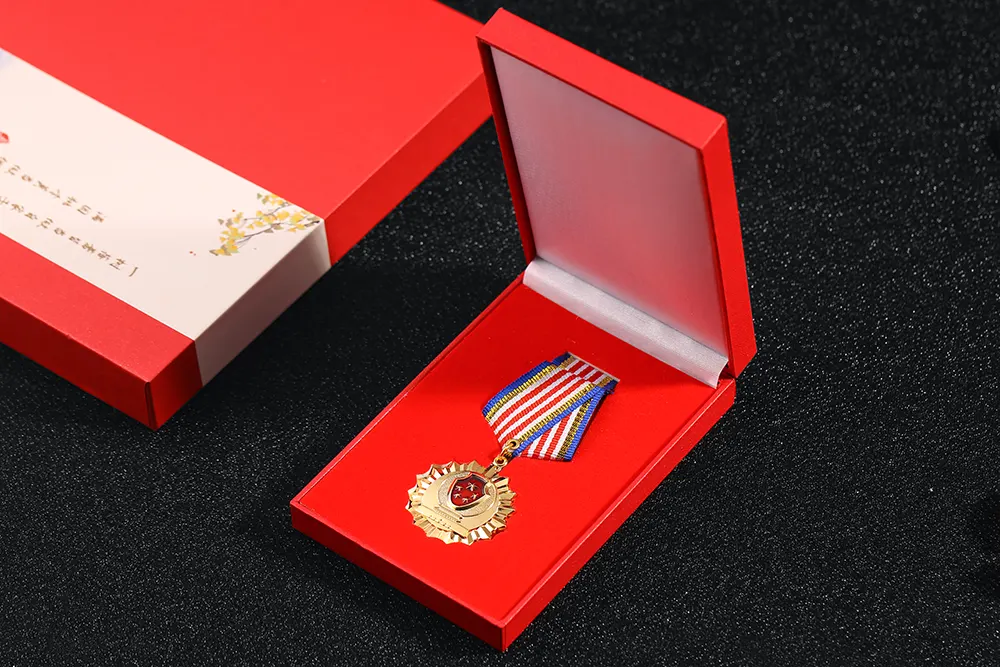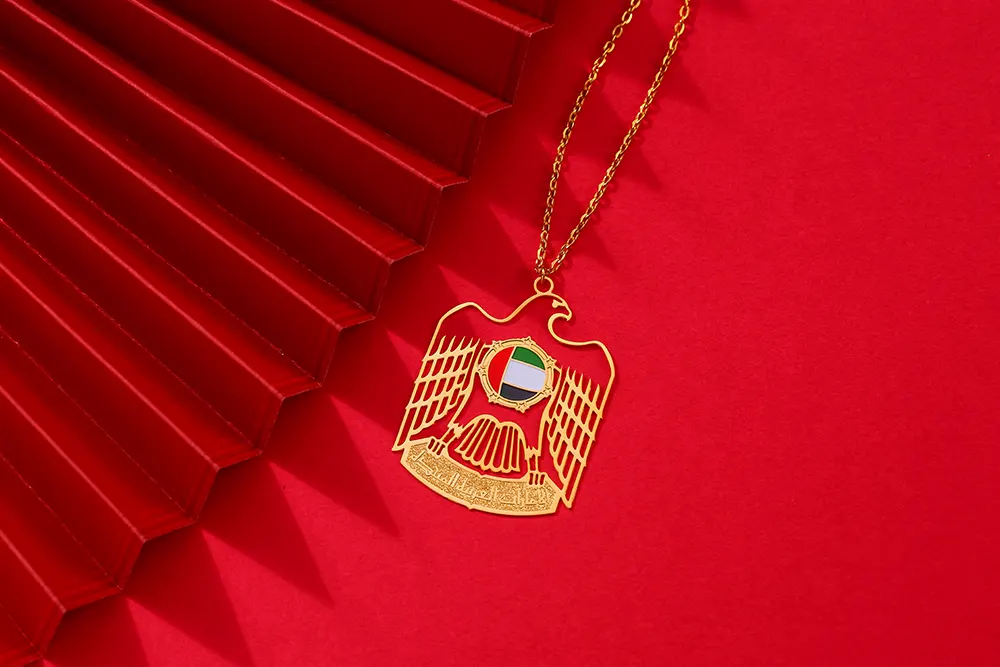Military medals represent more than decorative ribbons and metal. These symbols carry the weight of service, sacrifice, and dedication that service members demonstrate throughout their careers. Whether you’re researching a family member’s service history, preparing for a military ceremony, or simply want to understand the significance of different decorations, this comprehensive guide will help you navigate the world of military honors.
Understanding Military Medal Categories
The United States military awards system includes several distinct categories of recognition. Combat decorations acknowledge valor in the face of enemy forces, while service medals recognize participation in specific operations or campaigns. Achievement medals honor exceptional performance of duties, and unit awards recognize collective excellence.
Each branch of service maintains its own tradition of medals, though many decorations cross all branches. The Medal of Honor stands as the highest military decoration, awarded for conspicuous gallantry above and beyond the call of duty. Below this, the Distinguished Service Cross, Navy Cross, and Air Force Cross represent the second-highest honors for each respective branch.
Visual Identification of Common Military Medals
Learning to identify military medals requires attention to specific visual elements. The ribbon design serves as the primary identifier, with each medal featuring a unique color pattern and arrangement. These ribbons typically measure 1 3/8 inches wide and display distinct stripes, colors, and patterns that represent the specific award.
The Purple Heart, for instance, displays a purple ribbon with white edges, while the Bronze Star features a red ribbon with thin white and blue stripes along the edges. The medal itself hangs from the ribbon and often depicts symbolic imagery related to the award’s purpose.
Army Medals and Decorations
Army medals follow a structured hierarchy that begins with personal valor awards and extends through campaign and service medals. The Army Distinguished Service Medal features a blue ribbon with white and red stripes, recognizing exceptionally meritorious service. The Silver Star, displayed on a red, white, and blue striped ribbon, acknowledges gallantry in action against an enemy of the United States.
Combat Infantry Badges and Expert Infantry Badges, while technically badges rather than medals, hold significant importance in Army tradition. These appear on the uniform above ribbons and represent specialized infantry qualifications.
Navy and Marine Corps Decorations
Naval service medals incorporate maritime traditions into their designs. The Navy and Marine Corps Medal, the highest non-combat decoration for these branches, displays a blue and gold ribbon. Campaign medals for naval operations often feature anchors or ships in their medallions.
Marine Corps decorations maintain their own distinct character while sharing many awards with the Navy. The Navy Cross, second only to the Medal of Honor, uses a navy blue ribbon with a white center stripe.
Air Force and Space Force Recognition
Air Force medals often incorporate wings and aerial themes into their designs. The Air Force Cross displays a blue ribbon with red and white stripes. The Aerial Achievement Medal, recognized by its vertical blue and orange stripes, specifically acknowledges sustained aerial flight achievements.
The newly established Space Force has begun developing its own traditions while initially relying on existing Air Force decorations. As this branch matures, distinctive Space Force awards will likely emerge.
How Medals Are Displayed and Worn
Military regulations strictly govern how service members display their medals. Full-size medals appear on dress uniforms during formal occasions, positioned on the left chest in order of precedence. Ribbon bars, miniature representations of the medals, appear on service uniforms for daily wear.
The order of precedence follows a specific hierarchy, with higher decorations positioned closer to the center of the chest and toward the top. When multiple rows of ribbons are necessary, they form a rectangular pattern with precise spacing requirements.
Personal Perspective: Discovering a Grandfather’s Service Record
When I inherited my grandfather’s military trunk after his passing, I found myself staring at a collection of unfamiliar ribbons and medals. Among his belongings were faded photographs showing him in uniform, wearing decorations I couldn’t identify. This sparked a journey to understand not just what each medal represented, but the experiences behind them.
Through careful research and conversations with other veterans, I learned his Bronze Star represented actions during the Battle of the Bulge, though he never spoke of it during his lifetime. The European-African-Middle Eastern Campaign Medal with its bronze service stars told the story of multiple campaigns. What initially appeared as simply colorful ribbons became windows into moments of courage, hardship, and dedication.
This experience taught me that behind every military medal lies a human story. The cold metal and fabric carry the weight of experiences that shaped individuals and history itself.
Campaign and Service Medals
Campaign medals document participation in specific military operations or wars. These awards don’t necessarily require combat action but acknowledge service during designated periods and locations. The Afghanistan Campaign Medal, Iraq Campaign Medal, and Global War on Terrorism Service Medal represent recent conflicts.
Historical campaign medals include the Vietnam Service Medal, Korean Service Medal, and World War II Victory Medal. Each features distinctive ribbon patterns that instantly identify the conflict to those familiar with military decorations.
Service medals recognize longevity and good conduct. The National Defense Service Medal, awarded to all service members during specific periods of national emergency, appears frequently in military service records. The Armed Forces Reserve Medal with its distinctive hourglass design acknowledges reserve component service.
Foreign Awards and International Decorations
American service members may receive foreign decorations when serving alongside allied nations. These international awards require specific approval for wear on U.S. military uniforms. The French Fourragere, Belgian Fourragere, and various NATO medals represent common foreign decorations.
Foreign awards typically appear after U.S. decorations in the order of precedence. Each nation maintains its own award criteria and traditions, adding rich diversity to the tapestry of military recognition.
Research Resources for Military Medals
Several authoritative resources help identify and research military medals. The National Archives maintains extensive military service records, including award citations and documentation. Official military museums display comprehensive medal collections with detailed explanations.
Each service branch publishes regulations detailing medal criteria, descriptions, and wear guidelines. These publications, available online, serve as definitive references for understanding military decorations. The Institute of Heraldry, responsible for designing military insignia and medals, maintains detailed records of each decoration’s symbolism and history.
Preserving and Displaying Military Medals
Proper preservation ensures military medals remain in good condition for future generations. Store medals in dry, cool environments away from direct sunlight. Acid-free tissue paper helps prevent tarnishing and ribbon deterioration. Shadow boxes designed specifically for military decorations provide both protection and dignified display options.
When mounting medals for display, maintain the official order of precedence and proper spacing. Include accompanying documentation such as award citations or certificates when possible. Photographs of the service member in uniform add personal context to the display.
The Significance of Military Recognition
Military medals serve multiple purposes beyond mere decoration. They provide visible records of service and sacrifice, offering veterans tangible connection to their military careers. For families, these decorations become cherished heirlooms that preserve military heritage across generations.
Understanding military medals creates deeper appreciation for the experiences they represent. Each ribbon tells a story of dedication, whether through combat valor, sustained excellence, or faithful service during times of national need. These small pieces of metal and fabric carry immense weight, embodying the values and sacrifices that define military service.
Conclusion
Military medals represent a visual language that communicates service, sacrifice, and achievement. Learning to recognize and understand these decorations opens windows into military history and personal stories of those who served. Whether examining historical photographs, researching family military history, or preparing for military ceremonies, knowledge of military medals enriches our understanding of military tradition and sacrifice.
Each decoration, from the highest valor awards to campaign service medals, contributes to the complete picture of a service member’s career. These symbols deserve our respect and understanding, serving as lasting tributes to those who answered their nation’s call.









































